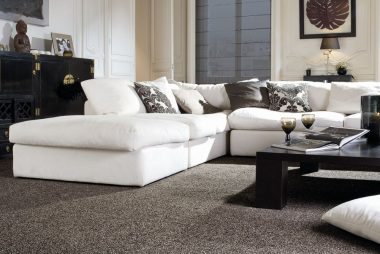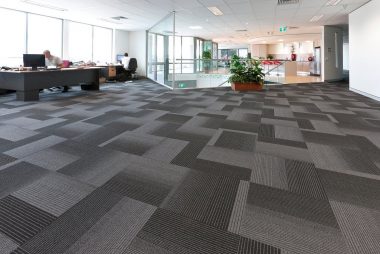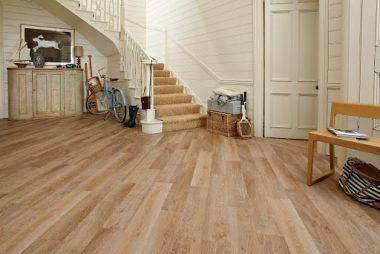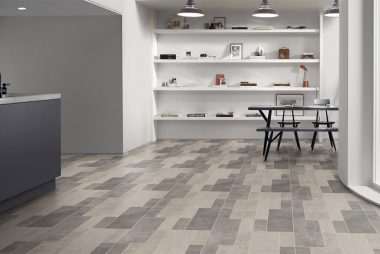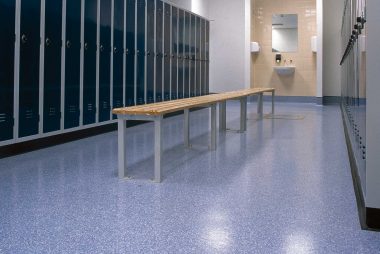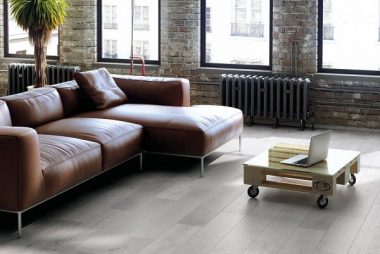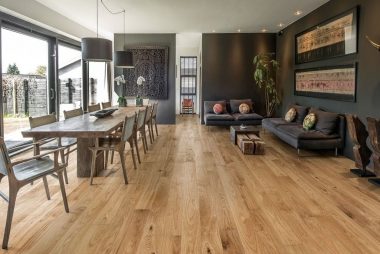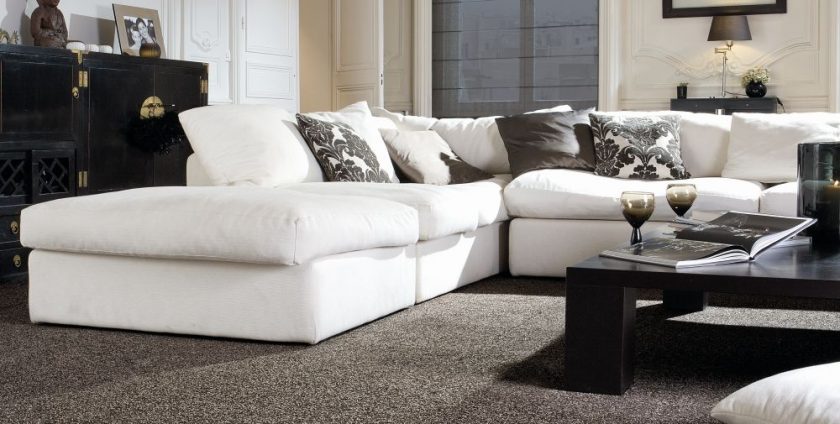
Carpet Flooring
A carpet is a textile floor covering typically consisting of an upper layer of pile attached to a backing. The pile was traditionally made from wool, but, since the 20th century, synthetic fibres such as polypropylene, nylon or polyester are often used, as these fibres are less expensive than wool.
Carpets are used for a variety of purposes, including insulating a person’s feet from a cold tile or concrete floor, making a room more comfortable as a place to sit on the floor (e.g., when playing with children or as a prayer rug), reducing sound from walking (particularly in apartment buildings) and adding decoration or colour to a room.
Carpets can be made in any colour by using differently dyed fibres. Carpets can have many different types of patterns and motifs used to decorate the surface.
Carpets can be produced on a loom quite similar to woven fabric, made using needle felts, knotted by hand (in oriental rugs), made with their pile injected into a backing material (called tufting), flatwoven, made by hooking wool or cotton through the meshes of a sturdy fabric or embroidered.
Carpet is commonly made in widths of 12 feet (3.7 m) and 15 feet (4.6 m) in the USA, 4 m and 5 m in Europe. Since the 20th century, where necessary for wall-to-wall carpet, different widths of carpet can be seamed together with a seaming iron and seam tape (formerly it was sewn together) and fixed to a floor over a cushioned underlay (pad) using nails, tack strips (known in the UK as gripper rods), adhesives, or occasionally decorative metal stair rods.
Wall-to-wall carpet is distinguished from rugs or mats, which are loose-laid floor coverings, as wall-to-wall carpet is fixed to the floor and covers a much larger area.

